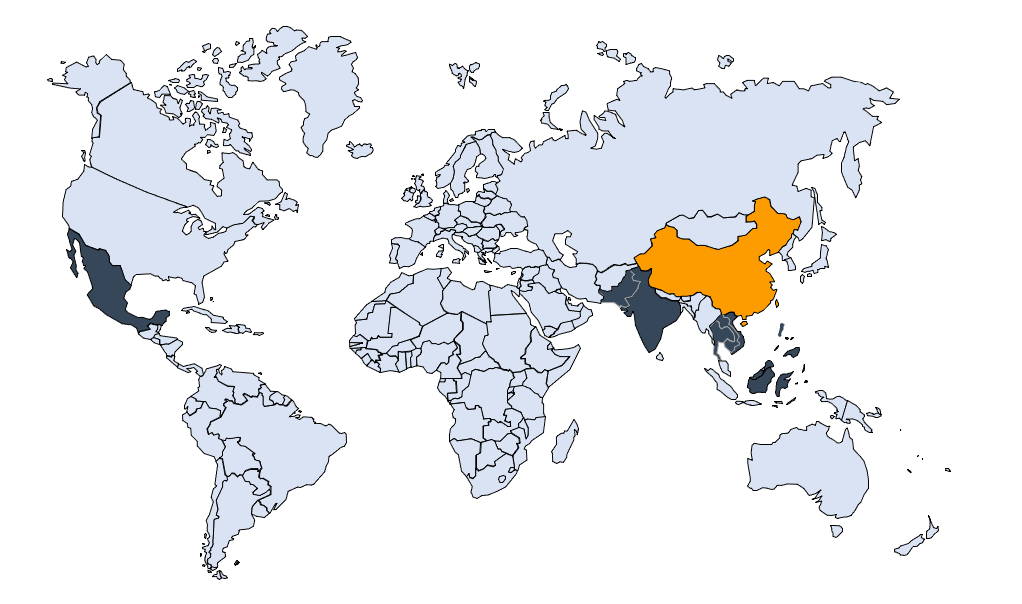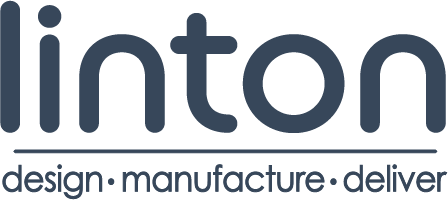Product Sourcing in China vs Other Countries

One of the most frequently asked questions we encounter from clients embarking on a new product launch is whether they should source their products from China or explore alternatives such as Vietnam and Cambodia. While providing a definitive answer may not be possible, at Linton, we offer valuable insights and rule-of-thumb references to guide our clients in making informed decisions.
To grasp the significance of the sourcing decision, it can be likened to choosing the make of a new car. Just as the make determines the overall experience and maintenance of the vehicle, the country of origin for product sourcing plays a pivotal role in shaping the success and viability of the new product. During our Feasibility Study phase, we delve into this question through a comprehensive and tailored assessment, considering various angles to provide the best possible guidance.
Cost Competitiveness
Cost competitiveness and the pace of new product development are key factors to consider when evaluating sourcing options. China, renowned for its well-established manufacturing and supply chain system, often offers competitive pricing and faster product launches, particularly in consumable goods categories. However, it is crucial not to hastily conclude that China is always the optimal choice. A careful evaluation of specific circumstances is necessary.
Product Category
The nature of the product itself can significantly influence the choice of sourcing country. Certain countries possess expertise and specialized infrastructure for manufacturing specific product categories. For instance, when it comes to garment manufacturing, China, Vietnam, Turkey, India, and Honduras are all reliable choices. However, in categories like small electronics, China often stands out by offering the quickest time-to-market launch pace. Understanding the unique strengths and capabilities of each potential sourcing country is crucial for making an informed decision.
Production Portability
Another aspect to consider is the portability of future production and the associated supply chain. Some products entail higher costs and longer lead times when it comes to switching manufacturing locations. For instance, the process of plastic injection mold production incurs significant expenses and time investments. Generally, products with lower switching costs provide a better opportunity to take advantage of China’s rapid new product launch pace across various categories. Once market acceptance is established, businesses can explore the possibility of shifting production to other countries. This strategic flexibility allows companies to maximize efficiency while responding to evolving market dynamics.
Duties, Tariffs & Perceived Value
Duty and Section 301 Tariffs should also be taken into account, particularly for goods imported from China to the United States. Depending on the product category, the import costs may be 0-25% higher compared to sourcing from alternative countries. A meticulous and professional search process, coupled with careful analysis, can provide valuable insights and assist in making an educated decision that aligns with business objectives.
Furthermore, the perceived value of customers should not be underestimated. Linton Group has observed that certain product categories exhibit a heightened sensitivity to the country of origin. This is particularly evident in high-end jewelry, where the perceived value is intricately linked to the specific country in which the product is manufactured. Understanding the nuances of customer perception in different markets and industries allows businesses to leverage the country of origin as a strategic advantage.
Conducting a professional and impartial assessment is vital for making a wise sourcing decision when introducing a new product to the market. At Linton, we pride ourselves on offering comprehensive feasibility studies to support our clients in launching their innovative products. Our team possesses a deep understanding of the complexities involved in the decision-making process, and we diligently provide the necessary insights and guidance to ensure a successful product launch. By considering factors such as cost competitiveness, new product development pace, product nature, portability of production, tariffs, and customer perceived value, we help our clients make informed choices and maximize their chances of success in the global marketplace.



